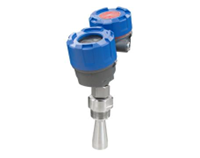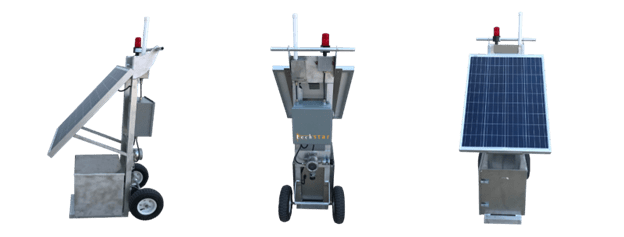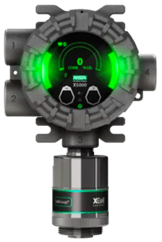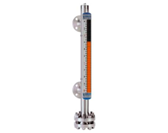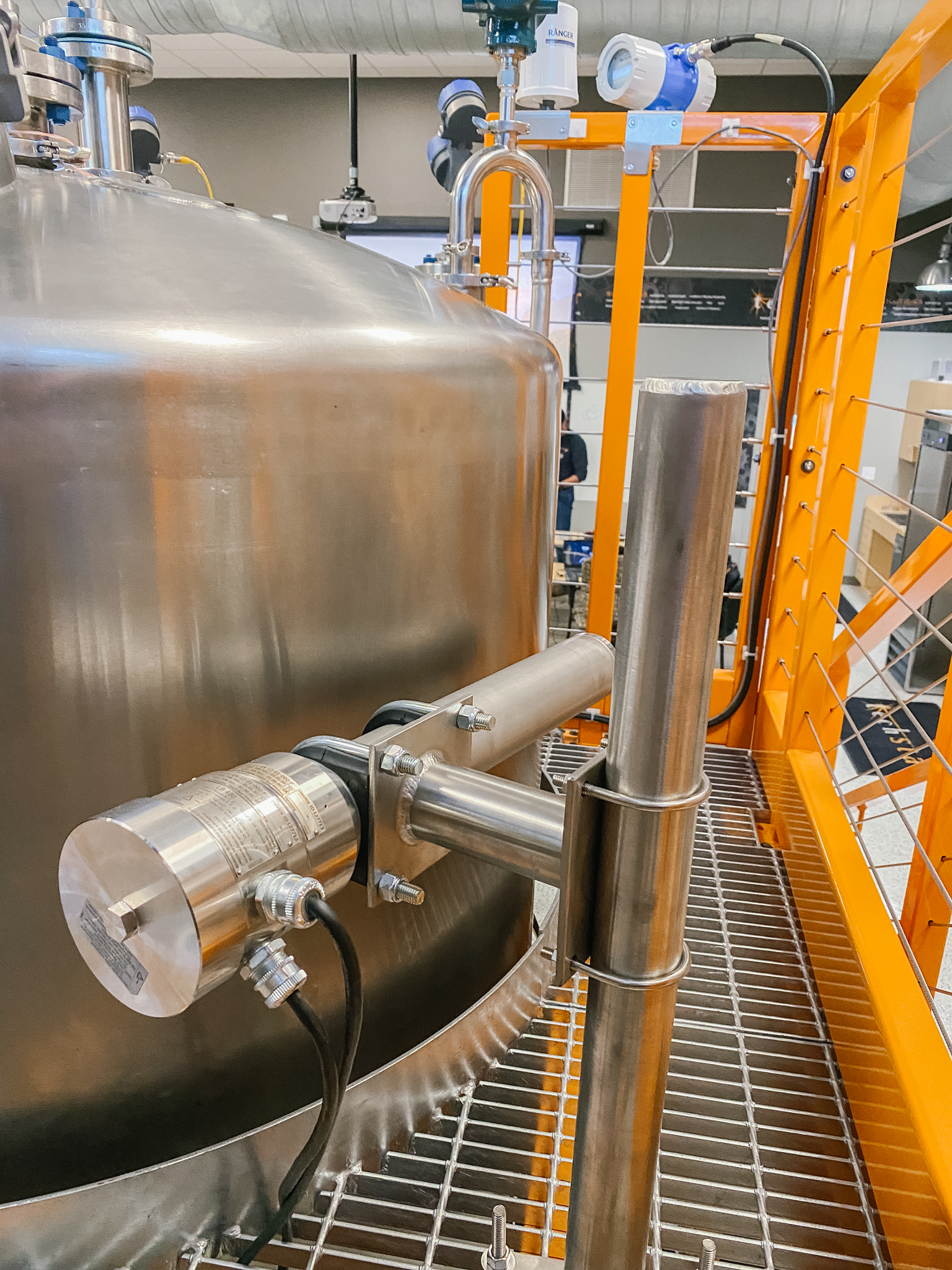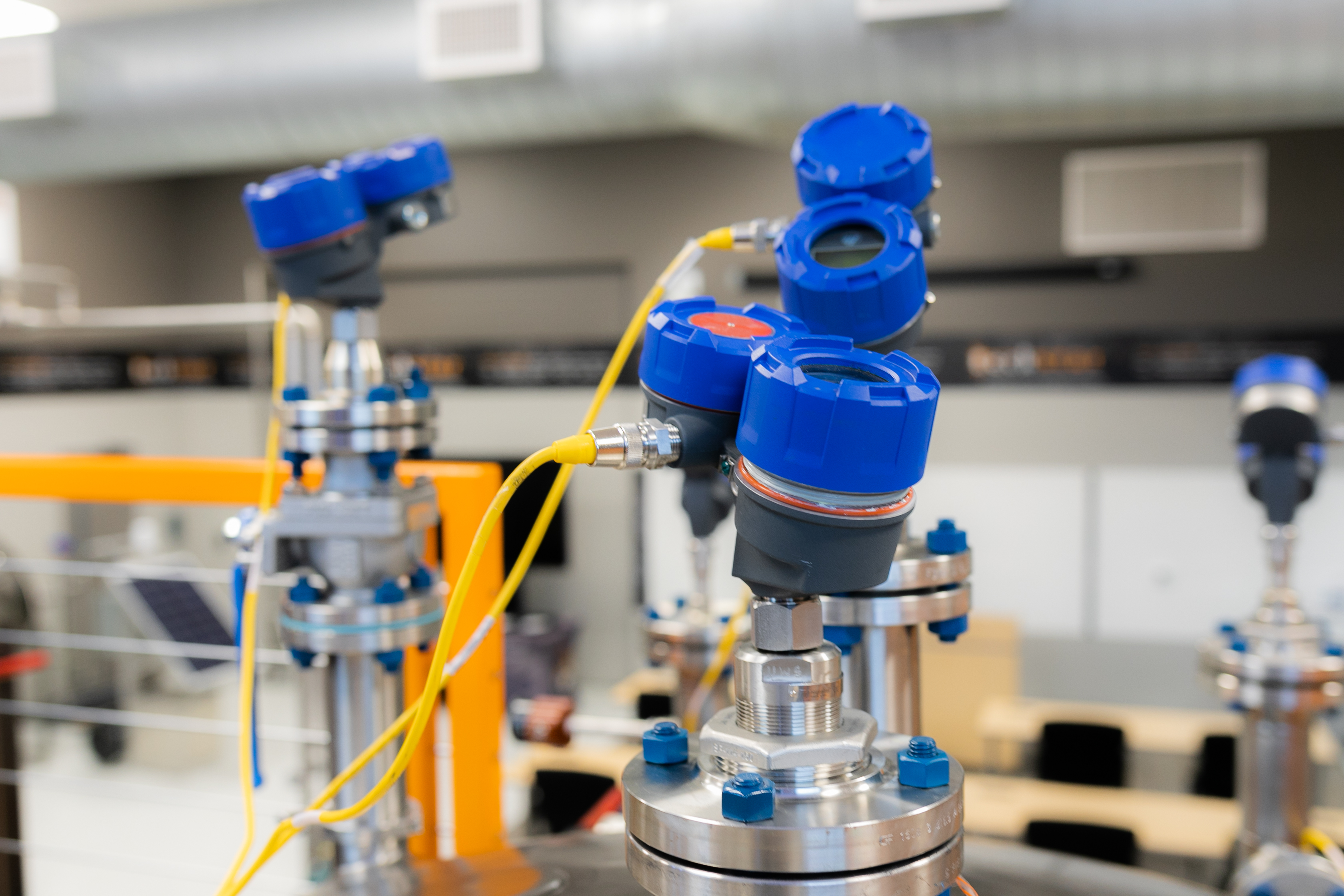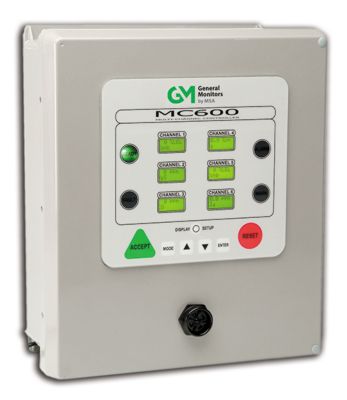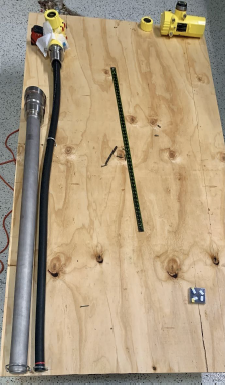External Cage Level Switch
Liquids stored in tanks or vessels need to be monitored for level in a multitude of industrial, agricultural, and energy applications. An external cage level switch is an appropriate tool for measuring liquid levels for many of these settings. It is important to understand what an external cage level switch is, how it works, the many applications, and how to choose the best one. If you are looking to gain more information about external cage level switches, read this guide.


